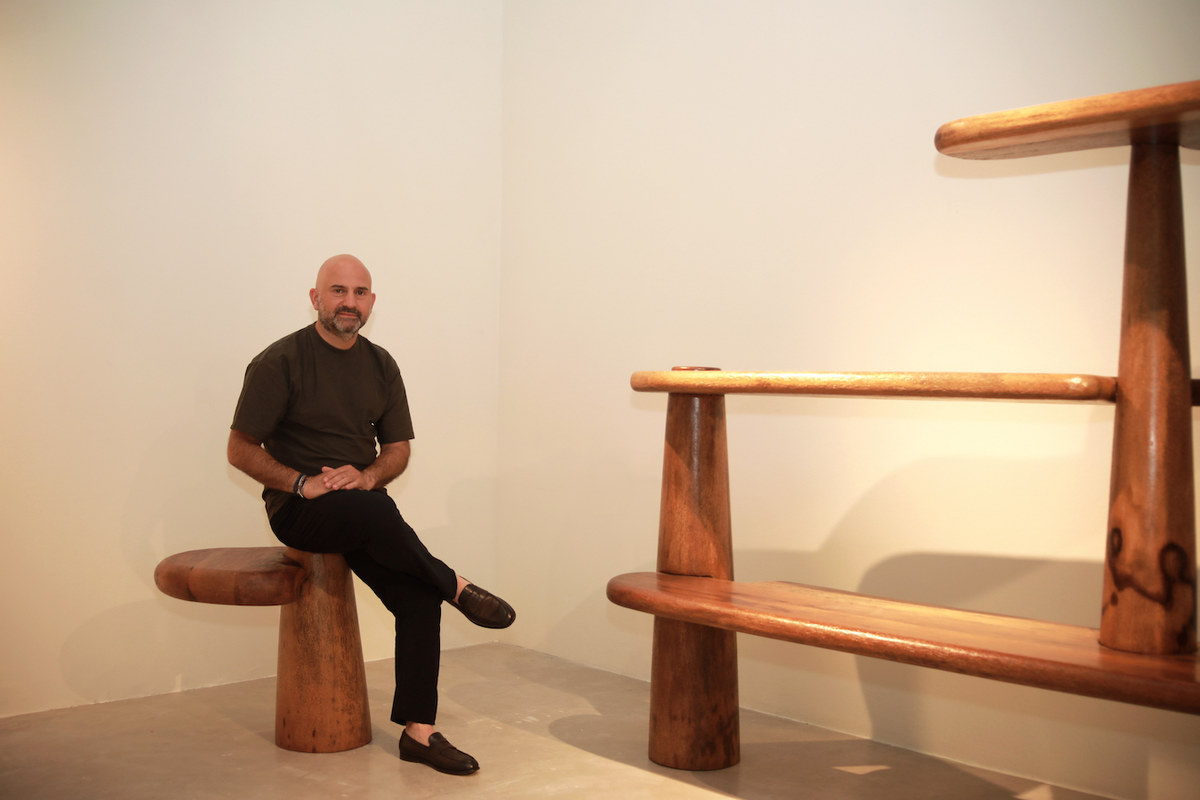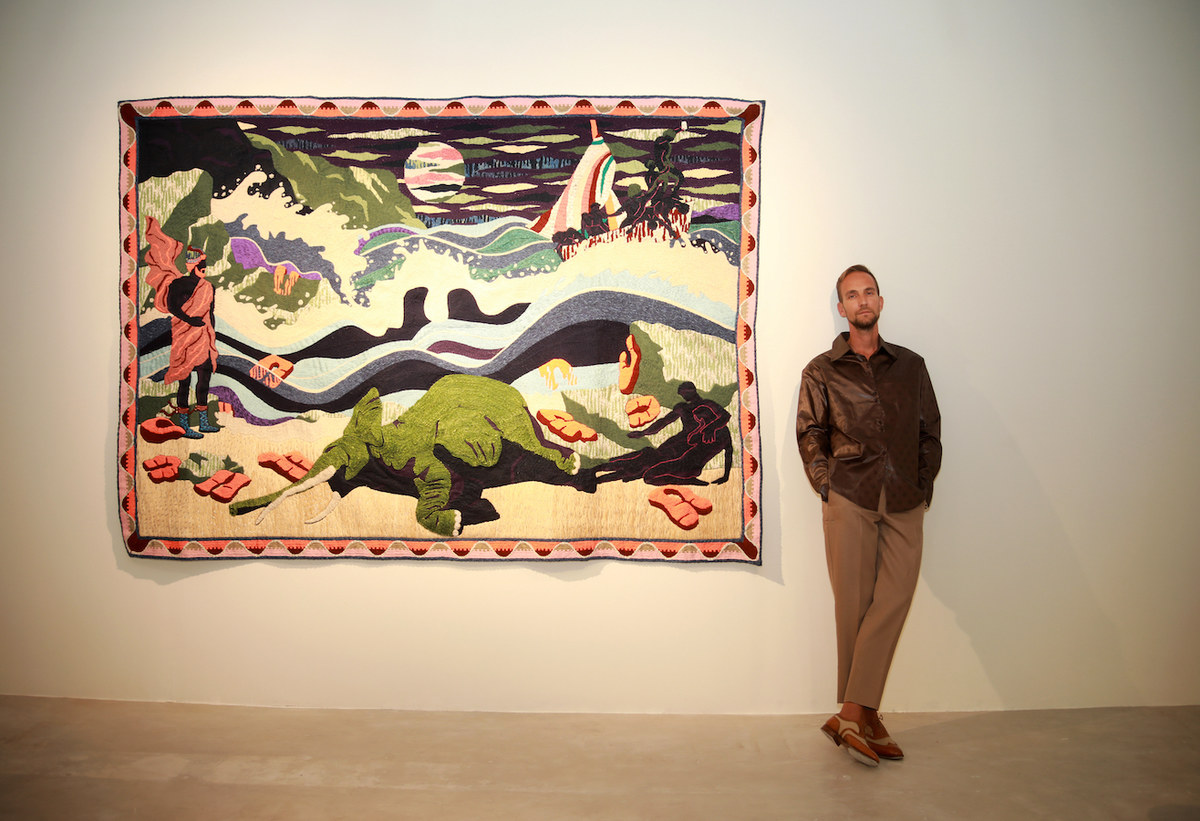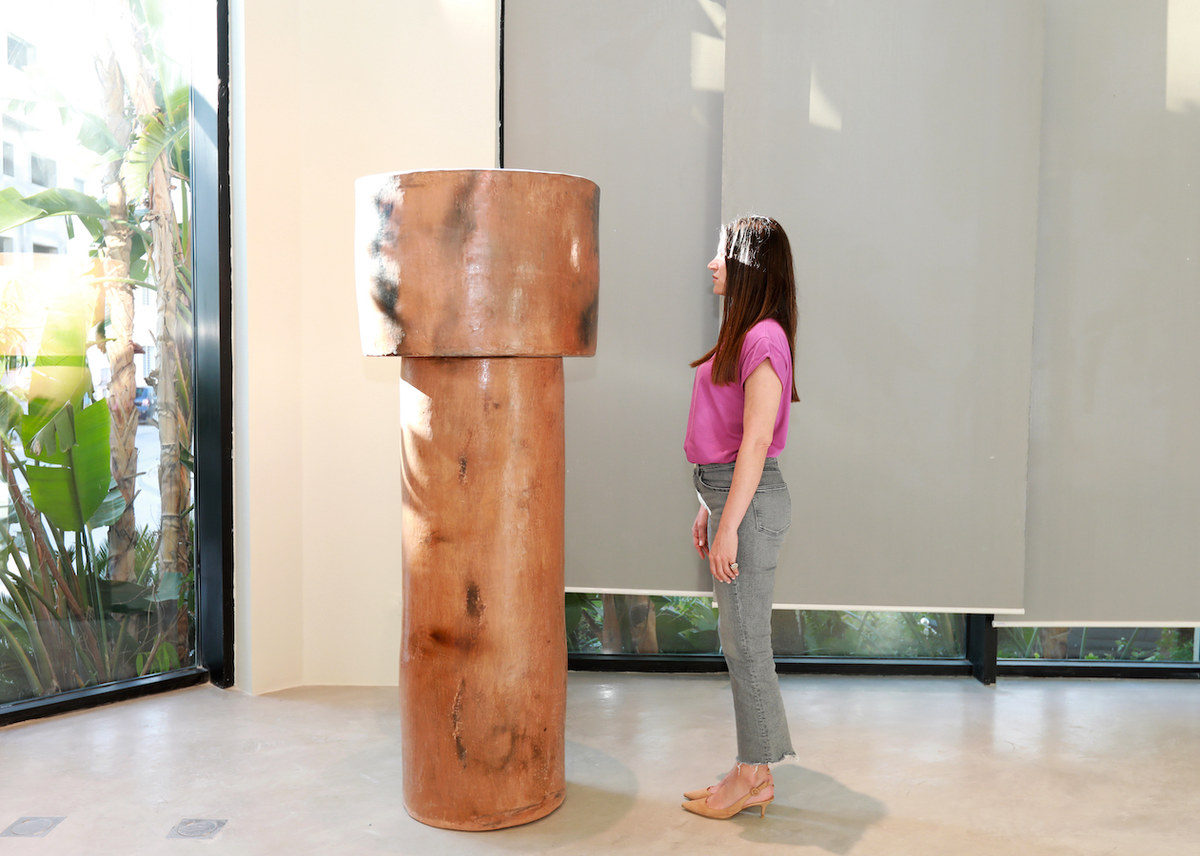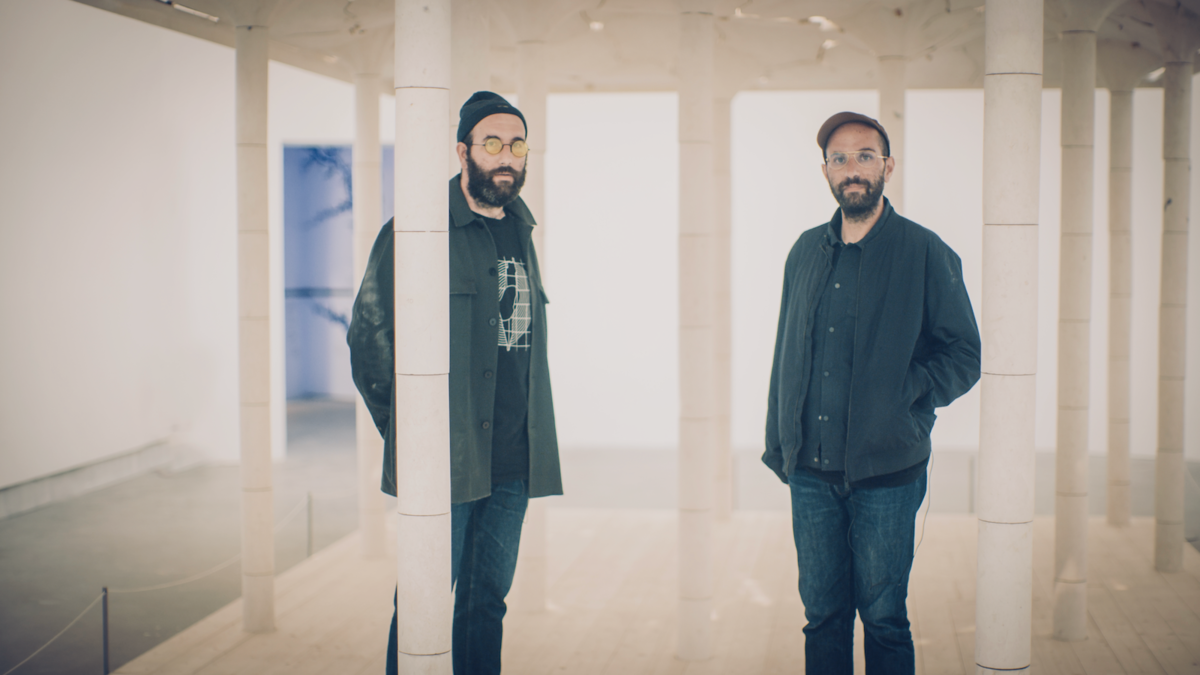Dubai: Inside the ruins of Carthage, a great city founded by the Phoenicians in the 9th century BC near Tunis, the capital of Tunisia, are a number of intricately designed contemporary objects. The new décor provides a nice contrast to the ancient ruins.
A colorful kilim blanket created by Medellin-based American designer Chris Walston and Tunisian artisan Le Cave looms gracefully over the remains of an old Roman column.
There is also new furniture with beautiful curves made from palm wood from Lebanese designer Georges Mohasseb's company Studio Manda, made by Tunisian craftsman Kais Gharbya. The furniture can be found nearby, nestled among ancient ruins and sculptures.

The works are part of the inaugural exhibition “Carthagisme”, curated by Milan-based curator Nicolas Bellvance-Lecompte for the Lamia Bousnina Gallery.
This is a space that opened in late May in central Tunis, with the aim of showcasing art and design, with a focus on promoting the country's crafts.
“In a country where traditions continuously intertwine with Mediterranean cultural influences, this exhibition celebrates Tunisia’s artistic heritage while embracing the power of contemporary creative expression,” Bellevue-Lecompte said in a curatorial statement.

“We want to celebrate Tunisia’s cultural heritage,” Lamia Bousnina Ben Ayed, founder of the space of the same name, told Arab News. “Design is becoming more and more important in Tunisia. We want to promote Tunisian-made objects. I have always wanted to build bridges and connect with designers from all over the world.”
The exhibition, which runs until September 29, features specially commissioned pieces from six international designers.
They include Elias and Yousef Anastas from Palestine, French multi-disciplinary designers Louis Barthelemy, Mary-Lynn Massoud from Beirut, and Georges Mohasseb, also from Beirut, and American Wolston, now living in Medellin, Colombia.

The works were temporarily placed amid the ruins of Carthage as a preview of the exhibition and will later be moved to the gallery's new, modern, white-walled, high-ceilinged space in the heart of the city.
To create each project, designers are paired with local Tunisian craftsmen.
Tunisia has long been home to a vibrant artisan community. According to the Oxford Business Group, the country is home to around 350,000 artisans, the majority of whom are women, who work in marginalized communities where they contribute to local economies.

These new pieces serve to promote Tunisian craftsmanship and spark a dialogue with local industries to create striking contemporary designs that aim to stimulate Tunisia's micro-economy.
“This group exhibition is a statement of intent to celebrate Tunisian culture, revitalize and reinterpret traditional craft practices through a unique collaborative project,” said Bellevue-Lecomte.
Mohasseb collaborated with Gharbia to produce furniture from palm wood, a material known for being difficult to work with due to its uneven fibers and tough texture.
“The whole process was very exciting,” said Mohasseb, who works with wood regularly but had never worked with palm trees before.

Mohasseib said Gharbia is eight hours from Tunis in the southwestern Tunisian region where the large palm trees grow. “It’s a challenge for all of us, but we’re ready to go,” he said.
“Even though the pieces are very simple in form, they are challenging to make in terms of connections and assembly,” he added. “(The craftsmen) want to learn and explore, and they are open to the idea of doing something different from what they have done for a long time.”
The resulting pieces — bookshelves, benches, tables and chairs — were assembled in a “sincere and humble” manner, Mohasseb said.

Palestinian brothers Elias and Yousef created an irregularly shaped stone table using computer modeling.
The work, composed of irregularly shaped pieces that were assembled without glue or cement, is an extension of the “Stone Matters” project, which explored the prominence of stone in Palestinian architecture. The table on display in the gallery was created by local Tunisian craftsman MDO.
Lebanese designer Massoud, who lives in Beirut, collaborated with local Tunisian ceramicist Ali Kadher to create a ceramic piece called “Primordial Echoes,” which honors and continues the traditions of Tunisia’s Gafsa region.

The aim was to create ceramic floor lamps, table lamps and side tables in a variety of styles that reflect the colours and textures of Mohasseb's palm wood pieces, with references to Tunisian tribal ceramics used in her work.
In turn, Walston has created 10 beautifully colored kilims featuring a variety of geometric patterns. To produce each piece, Walston works with 10 weavers from the Le Cave region of northwestern Tunisia, who use drawings he creates as the basis for the design.

There are also textile creations such as “Hannon and the Mediterranean Mirage”, a textile designed by French designer Louis Barthelemy in collaboration with Tunisian Nejib Bel Haj, which powerfully combines Tunisia’s ancient history with contemporary Mediterranean stories.
This brightly colored tapestry features both figurative and abstract images, including a depiction of the 6th-century BC Carthaginian explorer Hannon.

The book references his travels across the Mediterranean, including a bright orange life jacket that reflects the hardships of North African migrants crossing the Mediterranean in hopes of a new life.
This tapestries, like the works specially created under the theme of “Carthaginianism,” are a profound fusion of tradition, ancient history and the present in the context of Tunisia’s cultural heritage.
